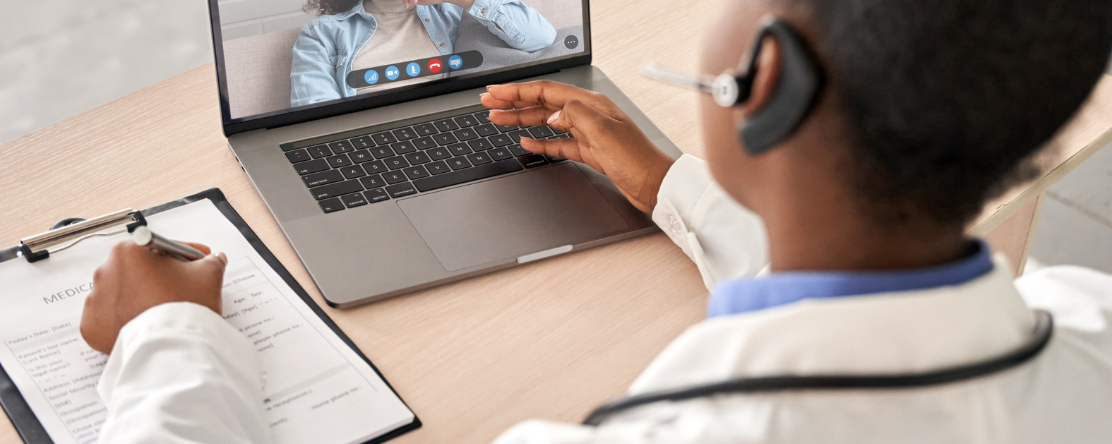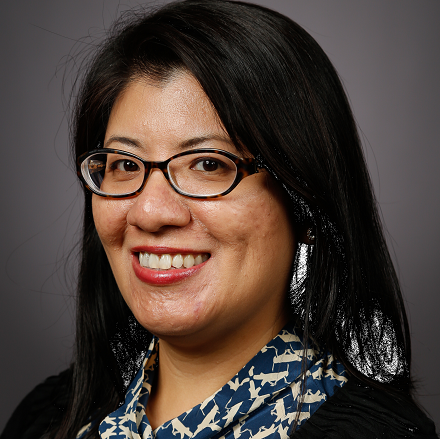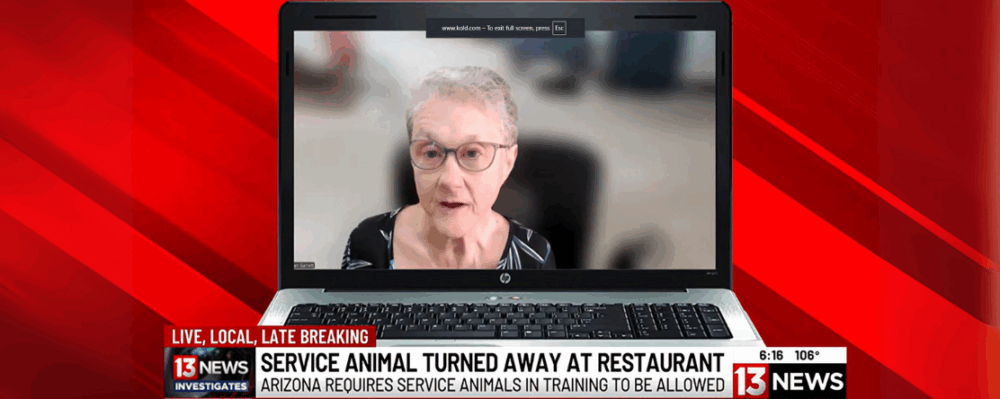
In the News
PHI’s Mei Kwong Discusses Telehealth Policy Changes to Expect by End-of-Year Deadline
- Healthcare Dive
-
Focus Areas
Health Care & Population Health -
Issues
Technology & Telehealth -
Expertise
Public Policy Development -
Programs
Center for Connected Health Policy

“Telehealth use climbed early in the COVID-19 pandemic, particularly as rules on use for Medicare patients loosened. However, providers and patients now face a dilemma — some temporary telehealth policies set during the pandemic are set to expire at the end of the year unless Congress makes them permanent.
Before COVID, only Medicare patients in certain locations and with specific circumstances could use telehealth. During the pandemic, the CMS increased payments that providers could receive for audio-only telehealth visits. Meanwhile, regulators relaxed some rules on telehealth use across state lines.
Mei Kwong is the executive director at the Center for Connected Health Policy (CCHP), a national telehealth policy center partially funded by the federal government. CCHP provides guidance to the White House, state legislators, health plans, providers and national organizations about telehealth policy.
Healthcare Dive spoke with Kwong about what policy changes to expect as a crucial end-of-year deadline looms for telehealth.
This interview has been edited for clarity and length.
HEALTHCARE DIVE: How has telehealth changed since the height of the COVID-19 pandemic?
MEI KWONG: Before the pandemic, I would have categorized it as very slow and steady, but still very much like a niche area in providing healthcare. It probably wasn’t until the pandemic that family members and friends actually understood what I did for a living, simply because they just were not exposed, or telehealth just was not in the realm of knowledge. And that’s probably a good representation of most people out there.
Telehealth became this really great tool to combat [the spread of COVID] because you’re keeping people separated, but still providing those healthcare services. However, policies from all those years before really kept telehealth boxed in and siloed in a lot of ways.
During the pandemic, telehealth was used more actively and out of necessity, and when things started opening up again, it was all based on temporary policies, temporary exceptions.
After the first year of the pandemic, states made some policies permanent. It was still in that temporary phase on the federal level. They have to make some type of decision this year.”

After the first year of the pandemic, states made some policies permanent. It was still in that temporary phase on the federal level. They have to make some type of decision this year.Mei Kwong
Executive Director at PHI’s Center for Connected Health Policy
Click on the link below to read the full interview.
Originally published by Healthcare Dive
More Updates
Work With Us
You change the world. We do the rest. Explore fiscal sponsorship at PHI.
Support Us
Together, we can accelerate our response to public health’s most critical issues.
Find Employment
Begin your career at the Public Health Institute.



